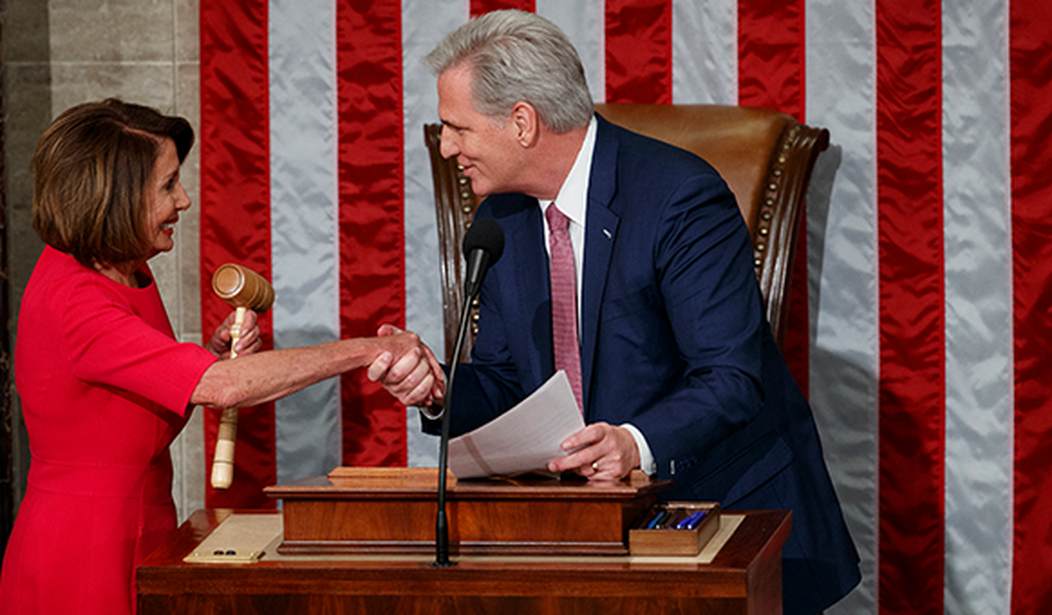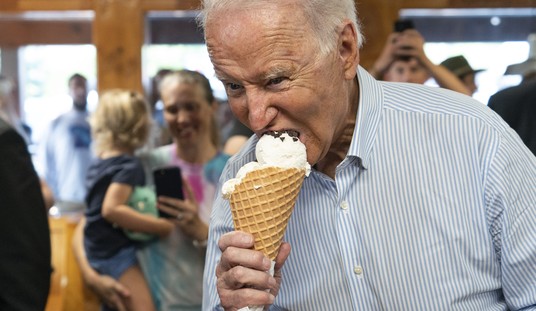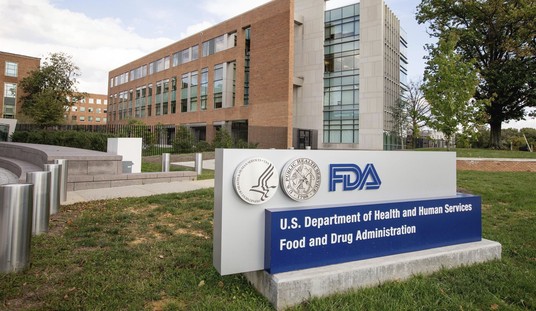While national media focus attention on Washington issues and political skirmishes, across the country, Republican governors and state legislatures are quietly building an enduring foundation of legislative districts, laws, state rules, and institutions that strongly favor the GOP in coming years and elections.
This stunning matrix of Republican domination state-by-state reflects a growing voter preference for GOP policies at that level, dating back to 2010 and Barack Obama’s disastrous first midterm elections.
Collectively, voters then handed down a devastatingly negative verdict on the first two years of the Obama-Biden administration and the rule of House Speaker Nancy Pelosi. With only one recent exception (George W. Bush in 2002), first-midterm elections like the ones coming in just 49 weeks, usually turn out badly for a sitting president’s party.
In 2010, Democrats lost six Senate and 63 House seats — worst drubbing in nearly six decades. That January, the GOP added another Senate seat, in Massachusetts no less. It was a strong reaction against the chaotic introduction of ObamaCare and the creeping realization that Obama’s oft-voiced promises about keeping your doctor and insurance were lies.
Additionally, a nearly trillion-dollar stimulus bill managed by Joe Biden, who promised that hundreds of thousands of “shovel-ready jobs” were just around the corner, proved ineffective in ending the 2008 recession.
Washington media always deem Washington developments as far more important than state and local news because, after all, that’s where they are and they’re far more important than state and local media. That’s how they got so shocked by Donald Trump’s 2016 upset.
Less noticed at the time — and even since — were the far worse voter verdicts delivered then on Democrats at state and local levels across the country. Republicans had a net gain of six governorships and nearly 1,000 state legislative seats, flipping control of 20 state legislative chambers to the GOP.
The effects were far-reaching and ongoing. For one thing, those state chambers almost immediately began congressional and legislative redistricting based on the 2010 Census, as they are mandated to do.
Not surprising that the new districts, new legislation, rules, and policies favored Republican office-holders and ideas. And those decisions have been in place ever since.
Obama was reelected two years later, but with nearly four million fewer votes than in 2008. Somehow, he has escaped responsibility for that enduring Democrat disaster.

It’s far too early for predictions, but the current outlook for Joe Biden and his first midterm elections next year appears potentially at least as bad, if not worse than 2010.
An ominous new Gallup Poll just found a rapid reversal of public opinion since Joe Biden took office. A year ago a majority of Americans favored a large active federal government. After 11 months of the Biden-Pelosi spending team, they’ve suddenly changed their mind.
A majority now say government is doing too much and they’d rather have fewer government services and lower taxes.
Democrats have regained only a fraction of the local seats lost then, but the GOP still controls 28 governorships to Democrats’ 22. Voters have handed Republicans total control of 23 state governments, to Democrats’ 14. Earlier this month, Virginians unexpectedly flipped all three statewide elected offices from Democrat to Republican, another likely harbinger of November 2022.
State governments have historically been the political laboratories both for policies and candidates. At least as important for the long-term, that Republican wave and ensuing victories have wiped out at least a generation of Democrat farm-team players who would have been expected to seek higher office by now.
Notice how most of last year’s gabby gaggle of Democrat presidential wannabes did not come up from the more productive spawning ground of state governments.
Conversely, GOP state dominance has given Republicans valuable experience delivering services and building businesslike reputations at the grassroots level plus priceless statewide name recognition for further elective pursuits.
Now, absent a Democrat wave at the state level for the last decade, a scenario similar to 2010 is taking place as state and congressional boundaries are redrawn for 2022 with the GOP once again exerting its political dominance.
While media tend to focus on congressional redistricting, the GOP has been quietly designing state legislative districts that give them enduring majorities and political control, even if Democrats manage to get a governor’s chair.
Districts drawn by Republicans after that 2010 anti-Obama wave in Michigan, Pennsylvania, and Wisconsin, among other states, have given the GOP legislative control there ever since. And that’s not likely to change as the new Census confirms the migration of population from heavily Democratic Northern states to the more conservative South and Southwest.
Republicans control redistricting in many more states than Democrats. So far, 24 states have completed their redrawing (six have a single district.) Ohio, Texas, and North Carolina have already finished their redistricting giving the GOP significant new advantages in the form of newly-shaped districts that favor conservatives. Democratic populations are concentrated in fewer blue districts.
In Illinois and New York, each of which is losing one House seat this time, Democrats are doing the same to squeeze out GOP-inclined districts. Also losing one seat are Pennsylvania, West Virginia, Michigan, Ohio, and even California, where Democrats have owned 42 of the 53 House seats, including Nancy Pelosi’s.
Texas, which has added multiple seats for the last six decennial population counts, gains two more this time, giving it 38, twice the size of 1910. Colorado, North Carolina, Oregon, Montana, and Florida each pick up one. The Sunshine State has added seats every 10 years since 1890.
Most of the new seats will likely lean GOP. And don’t forget, each House seat also represents one Electoral Vote in presidential elections.
Republicans need only gain a net of five seats to replace the 81-year-old Pelosi as Speaker with the 56-year-old Kevin McCarthy, another Californian.
All these shifts may seem merely like Bingo cards with numbers moving here and there. But the impacts are serious and long-lasting far from Washington’s stone monuments.
Last year, voters collectively chose the gridlock of a one-party federal government with Democrats controlling the House, Senate, and White House. Americans tend to grow tired of that rather quickly, especially when it’s as tenuous and ineffective as the current “control” of fractious Democrats with an overly ambitious agenda far beyond the reach of its inadequate memberships.
In a 50:50 Senate, for instance, victory depends on Kamala Harris knowing how to break a tie.
It also means that a single Democrat like Joe Manchin or Kyrsten Sinema wields outsized influence over legislation just by pretending to waver from their party’s line.
Long-term, the impacts of additional safer districts at both the federal and state levels seem likely to reduce even further the willingness by either side to compromise during legislative sausage-making.
That may work at state levels, where voters expect work to get done. But it seems unlikely to improve the job approval of Congress, now hovering in the 15 percent approval range.
Stop jawing and get some work done may actually be what constituents end up preferring if it means a real majority in Congress can finally get off its partisan behind and drop the petty finger-pointing to get some things done on time.













